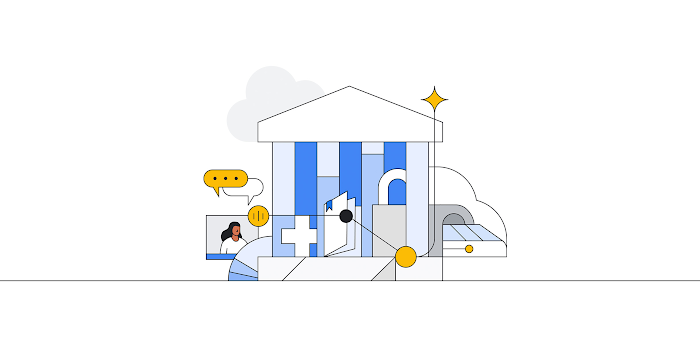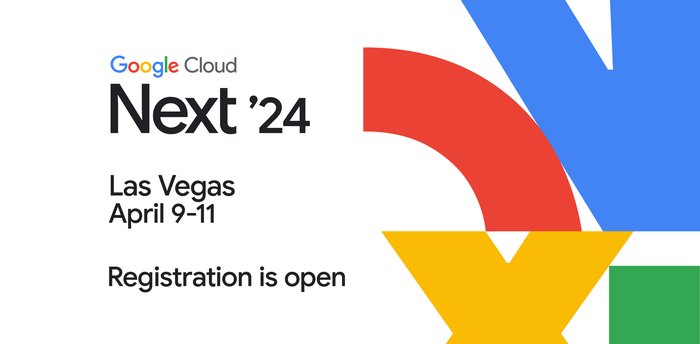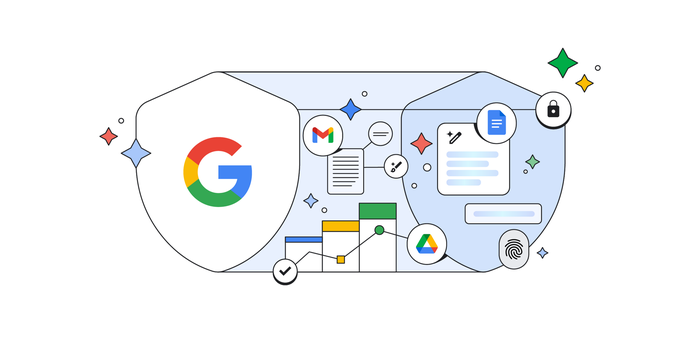Optimizing learning experiences amid increasingly blurred lines between physical, digital classrooms
Fernando Cruz
Head of EdTech Marketing, Google Cloud
Andrew Harada Rowland
CEO, Classkick
Classkick believes human-to-human interaction is the key driver to student learning. As it turns out, the educators agree that feedback and interaction strengthen learning experiences. Classkick was launched in a pre-COVID-19 world, when the education sector was already beginning to demand tools that could bridge the gap between digital and physical learning environments. The company provides educators and students with a digital canvas to practice and receive real-time feedback anywhere and anytime. This allows teachers to meet learners with a wider range of touchpoints, drastically scaling the number of tries, or “at-bats” kids get everyday.
To learn more about Classkick and the capabilities they deliver, I had the pleasure of asking Andrew Harada Rowland, CEO, Classkick some questions about their business.
Q&A with Classkick CEO, Andrew Harada Rowland
Fernando: So tell us more about Classkick - what services does it offer to support educators and students? How has the company grown over the recent years?
Andrew: Classkick is a virtual platform that helps teachers create and deliver assignments, monitor progress and provide feedback in near real-time. We work to empower educators with digital solutions to modern learning challenges.
When the pandemic began, demand for tools that could help students continue learning amid lockdowns and quarantines surged. We had already experienced 15x year-over-year growth in the period leading up to the pandemic, and we needed to scale to meet the demands of exponentially more educators.
Since early 2020, we’ve grown from a team of 10 to 30, with a big investment in our product and engineering to help serve the additional 10x increase in our user base. Google Cloud technologies, like Firebase, and our partnership with Google for Education, helped us with our initial service offering, and have continued to support our growth with the right technology and partnership.
Fernando: How has Classkick responded to the growth in devices used by students?
Andrew: Prior to the pandemic, student device usage sat at about 70 percent in schools1, and this number has risen as a result of the pandemic. Internet access is more ubiquitous, meaning at-home cloud access is far more accessible than in previous years.
Classkick helped support the rapid transition to hybrid learning, enabling teachers to continue their own workflow whether students were remote or in-person. Since classrooms reopened, we’ve seen continued increases in demand as boundaries between digital and traditional teaching practices further converge.
Fernando: That is a significant amount of growth in a rather short period of time. How was Classkick able to manage this while keeping operations consistent?
Andrew: The rapid expansion was not easy, but we made it through successfully thanks to the people we hired and the technologies we use like Google Cloud. We have incredible platform engineers that make sure our site runs as expected for teachers and students, along with a great foundation in Firebase that allows us to quickly add new features, improvements, and simplifications.
We could not do it without partnering with teachers around the globe who work tirelessly day-in and day-out for their students and share insights and feedback to us about how we can better serve them and their classrooms. We are serving tens of millions of students and maintain one of the highest net promoter scores in the EdTech industry.
Fernando: How has Google in particular helped Classkick build and support the education community at scale?
Andrew: Firebase handles about half of our background workloads, and we use Cloud SQL and Compute Engine as the infrastructure everything sits on top of. Google has also invested a lot into the EdTech partnership team that gives us confidence in reliability, support, and usability. We have a dedicated sales engineer and a partnership manager that have our back and make sure all issues are resolved quickly and efficiently.
Thanks in no small part to our relationship with Google for Education and our use of Google Cloud and Firebase, we’ve been able to serve more schools while also expanding and improving access to our platform at no cost among schools around the world. Teachers and students who want the benefits of collaborative practice and real-time feedback receive it through Classkick.
Unlocking real-time educational collaboration for a larger group of classrooms
Collaborative student practice will be at the center of Classkick’s continued growth in the same way that collaboration sits at the center of all learning. This is why we continue to build a product that reaches the highest number of users at no cost, and allow those users to vote with their feet rather than not having much say in the education technology they are using. Google for Education and Google Cloud allow us to deliver a free product to a much larger scale of users, and to seamlessly transition those who want to upgrade to the premium platform.
We are excited to continue innovating to better serve today’s generation of students and teachers with the tools they need to maximize their education.
reference: 1. https://www.mckinsey.com/industries/education/our-insights/new-global-data-reveal-education-technologys-impact-on-learning



